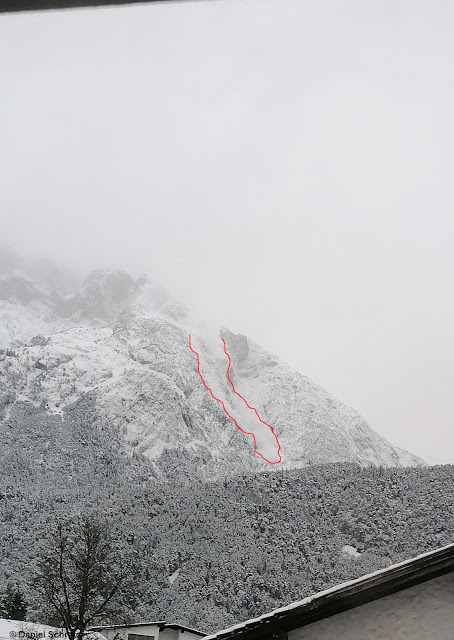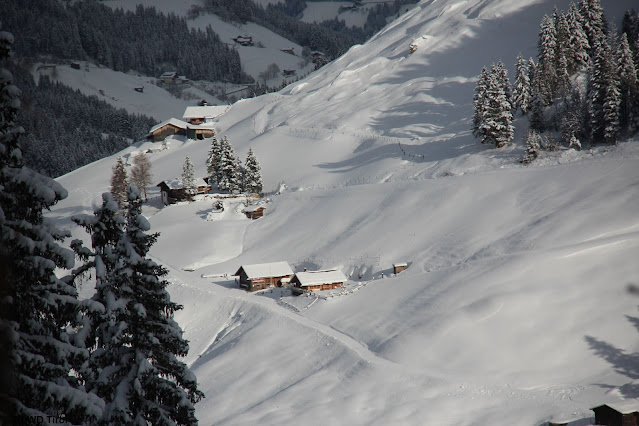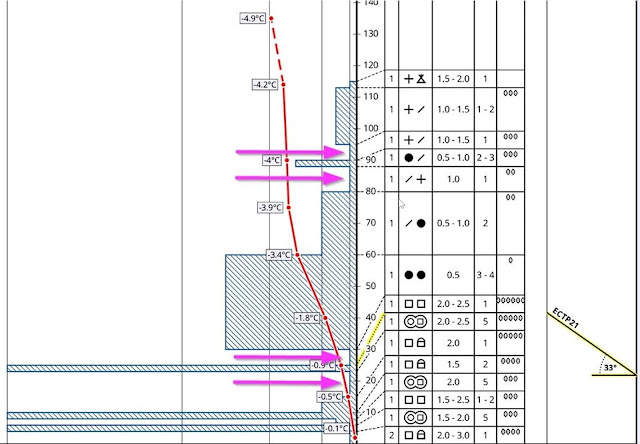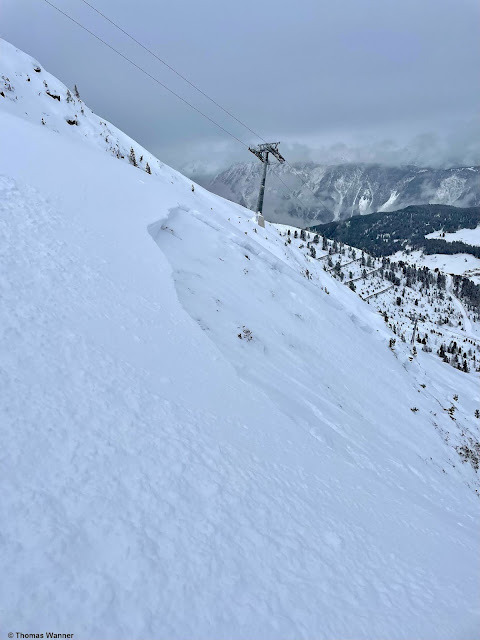The situation goes on: winter sports enthusiasts advised towards special caution and restraint!
Trigger-sensitive snowpack
The current weather forecast (wind, snowfall and a warm front coming on Sunday, 12.12) combined with the current snowpack layering make it clear: the situation will stay tense for winter sports enthusiasts. We swing back and forth in danger evaluations between a “Skiers’ High” and a “tense danger level 3” (considerable danger) above the timberline.
This is due to very unfavourable snowpack layering over widespread areas, as we talked about in the last blog. Inside the snowpack there are several potential weak layers which can trigger avalanches even by the weight of one single person.
Expansively metamorphosed weak layers are fond wherever the snowfall at the end of November stayed on the ground. This occured especially on shady slopes above the timberline and on sunny slopes at high altitudes. Surface (blanketed) weak layers of loosely-packed powder are currently found in all wind-impacted areas, and in all aspects, particularly above the treeline.
While surface-near layers are currently easy to trigger, stability tests show that the deeper layers of faceted crystals demonstrate a gradual trend towards reduced proneness to triggering, but the fracture propagation is still high. What that means is that avalanches can still fracture down to more deeply embedded layers of the snowpack. The possible avalanches can thus grow to dangerously large size in regions where snowfall has been heavy, thus making them perilous for winter sports enthusiasts.
Variable weather
 |
| Highly variable: repeated bouts of snowfall, wind from changing directions, and fluctuating temperatures. Station Grubigstein in the eastern Lechtal Alps |
 |
| The most recent round of precipitation on 8-9 December focused on western and southern parts of Tirol, brought somewhat less than originally anticipated. |
 |
| Windblown zones next to wind-loaded zones, a sign of recent wind impact. Nockspitze, northern Stubai Alps (photo: 08.12.2021) |
 |
| Photo from the Hohe Munde in the Mieming Massif as an avalanche tosses up a cloud of dust. In the fracture zone the avalanche was presumably medium-sized. (photo: 09.12.2021) |
 |
| Glide-snow activity in the southern Zillertal Alps (photo: 06.12.2021) |
Whoever wants to head into backcountry over the next few days will find low-altitude zones where on the one hand there was no wind impact, and on the other, where the snow on the ground did not persist until 26 November, which means there is no glide-snow problem. That means: quite good conditions.
 |
| At low altitudes, conditions are significantly better in general. Tux Alps (photo: 07.12.2021) |


